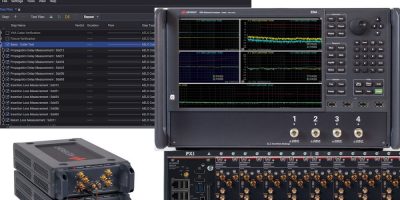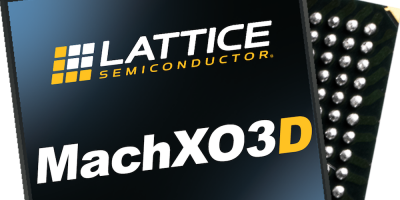Dynamic gesture sensing for automotive applications can be enabled at what is claimed to be the industry’s lowest cost and smallest size using the MAX25205 data acquisition system says Maxim Integrated Products.
The MAX25205 provides swipe and hand-rotation sensing at 10 times lower cost and up to 75 per cent smaller size than time of flight (ToF) camera-based systems, claims Maxim Integrated.
Featuring integrated optics and a 6 x 10 infrared (IR) sensor array, the MAX25205 detects swipe and hand rotation gestures without the complexity of ToF cameras to improve driver safety. Gesture and proximity sensing is expected to replace knobs and touchscreens for infotainment, phone, side mirror, climate, trunk, sunroof and reading lamp controls in vehicles.
The gesture and proximity sensing sensor is supplied in a 4.0 x 4.0mm chip, which is up to 75 per cent smaller than ToF camera-based solutions, claims Maxim. It is intended for use to complement voice commands, for use when voice command is not effective. It also means that automotive displays do not become smeared with fingerprints as drivers and passengers use the touchscreens.
According to Maxim, the MAX25205 allows developers to avoid complex software development and maintenance programs. The integration of a 60 photo diode array, LED driver and internal LDO result in a form factor that is “significantly smaller” than ToF camera solutions, says the company. It can be paired with a small microcontroller, rather than the larger microprocessors that more complex solutions require.
The versatile device delivers nine gestures, including swipe, rotations, air link and 3×2 proximity zones with low lag time in a single chip. Alternative solutions require three chips and a complicated microprocessor, says Maxim.
The MAX25205 is available at Maxim’s website and the company also offers an evaluation kit, the MAX25205EVKIT#.
Maxim Integrated develops analogue and mixed-signal products and technologies to make systems smaller and smarter, with enhanced security and increased energy efficiency. Its customers are used by customers in the automotive, industrial, healthcare, mobile consumer and cloud data centre markets.







